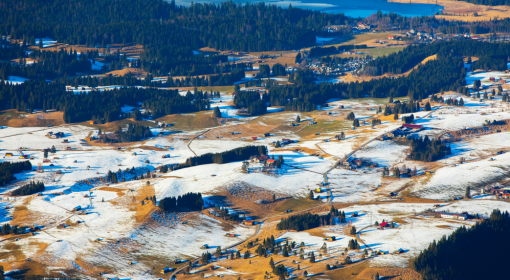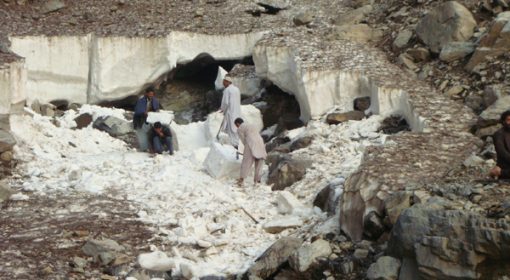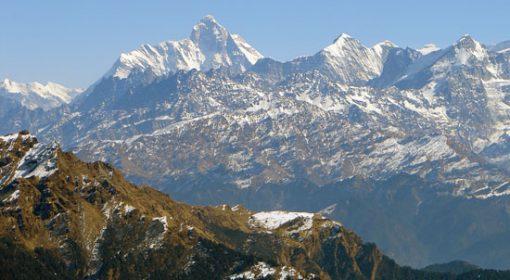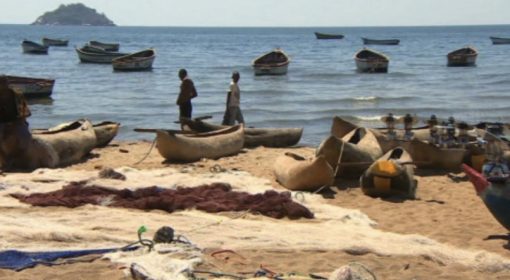Glaciers in Tajikistan: Pulling the Climate Change Trigger
Posted by Frank van Steenbergen and Jonathan Demenge
November 13, 2017
With 1000 glaciers about to melt, Tajikistan is at the forefront of climate change. There is nothing trivial about it. Glacier melt means many things: in the long run less water storage in the region, in the short run landslides, mudslides, and river flooding.
An example of what a landslide can do is the Barsem Lake near Khorog in the Pamir Mountains. Over two days in July 2015 a landslide came down from the small Bersam side valley to the Gunt River, the main river in the region. The landslide came in a series of at least twelve bursts, every time taking an enormous mass of rocks, sand and gravel, down the valley. It created a solid debris fan of 500 meter wide and 15 meters high in the Gunt river.
The landslide also took 64 houses along with it. Fortunately human casualties were none, basically because the first landslide burst came in the afternoon, giving people time to move to safer ground.
There is a story that just prior to the landslide clouds appeared around the glacier peak, an unusual event in the month of July. They came in three shapes: an old man, a boat, and a dragon that seem to be fighting the old man. The boat with the man may be reminiscent of Noah’s Ark . This biblical legend is retold in the region and comes back in the traditional Pamiri architecture that features ship-like roof lights. Whereas the cloud shapes changed several times, in the end the old man remained. It was for some a sign that inspite of the enormous catastrophe, no human lives would be lost, with the landslide first arriving in daylight.
Nevertheless, there were other dramatic consequences. The landslide blocked the entire Gunt river. This created a kilometres-long lake overnight covering land along the river and inundating the main road to the Chinese border. It also submerged power lines from the Pamir-1 hydropower plant. This isolated the area – cutting off all logistical supplies. No power could be provided to Khorog and transport to and from China came to a halt.
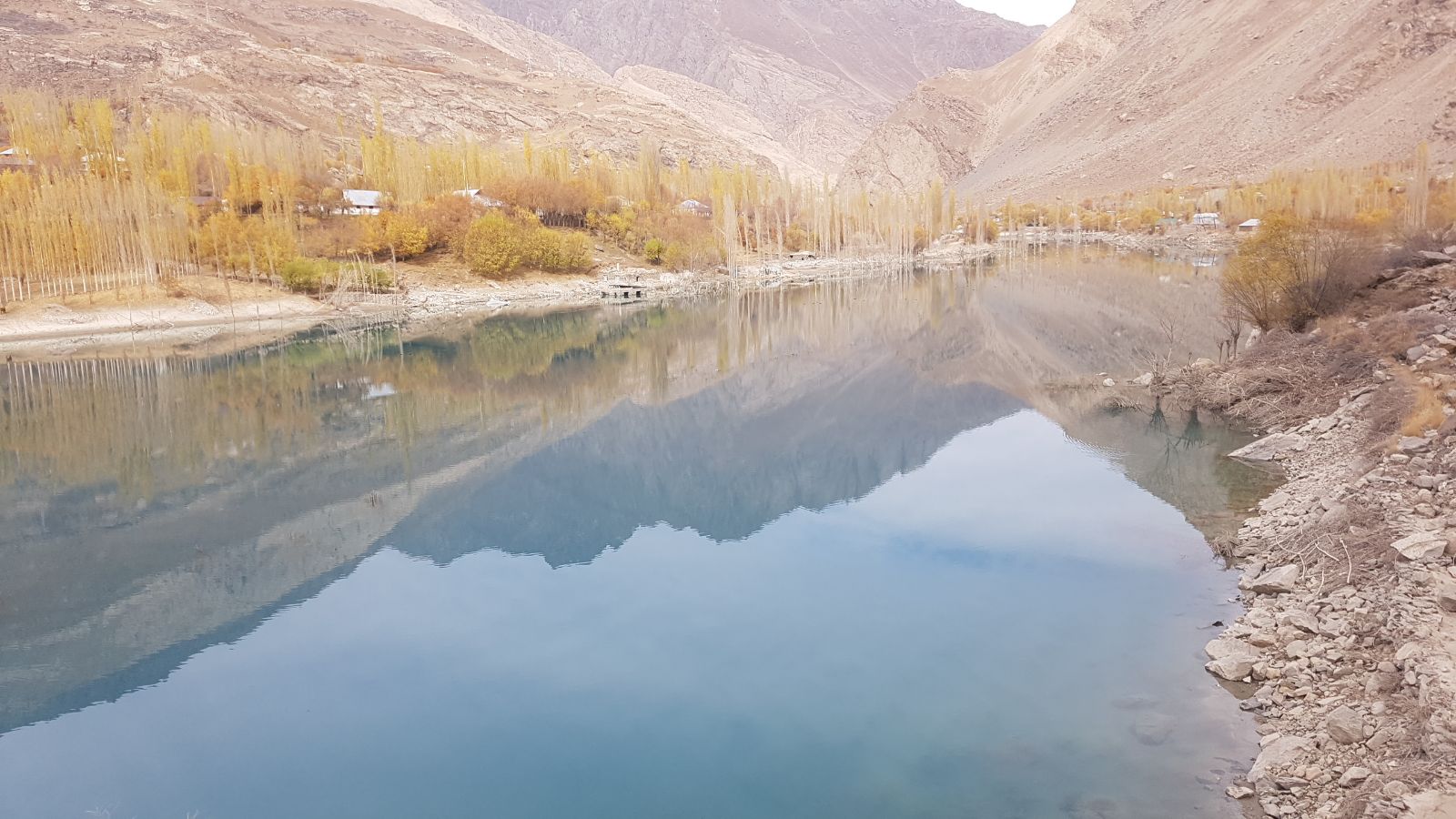
Lake created on the Panch river
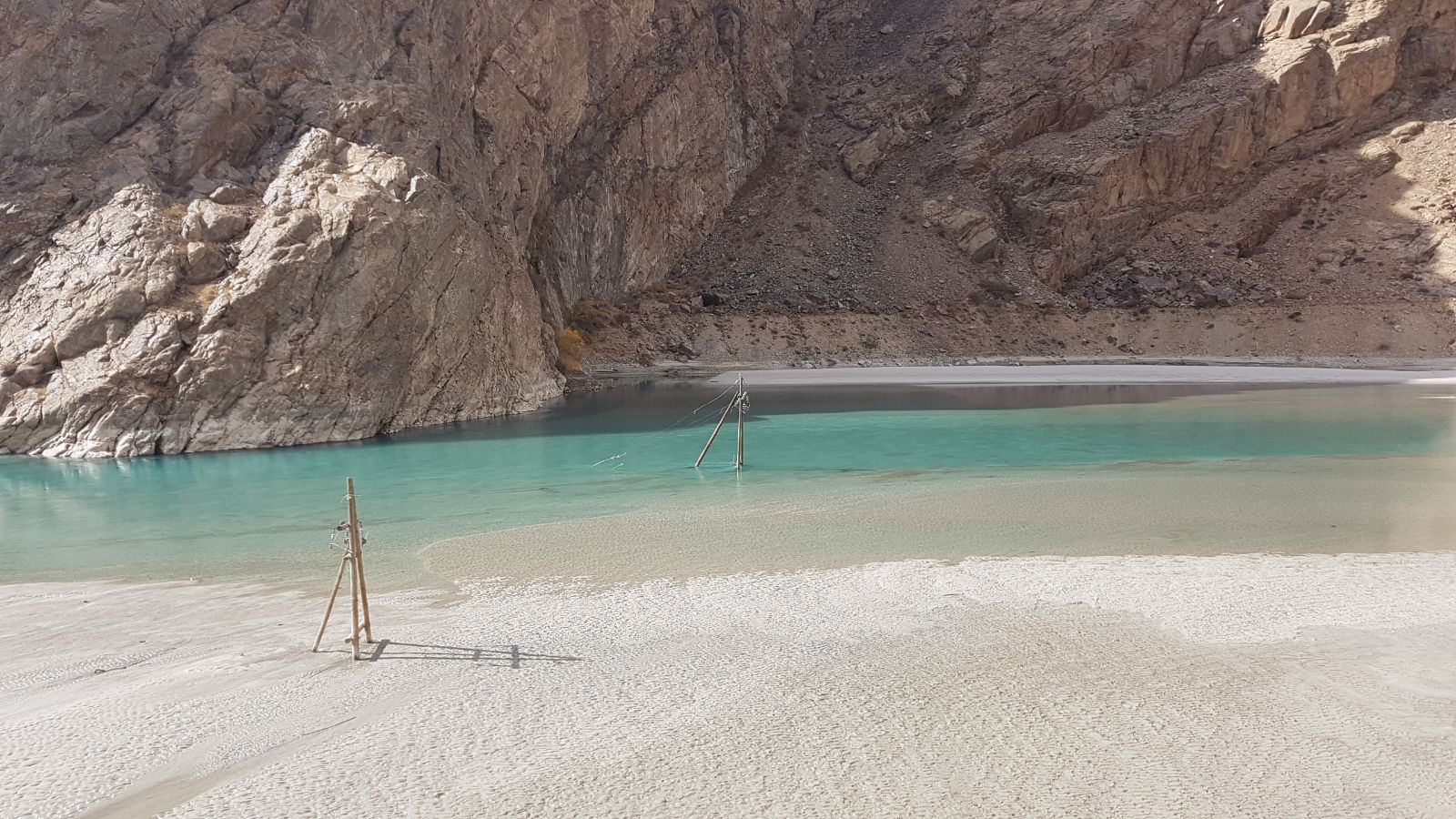
Power lines were submerged
Disaster response was swift. The power connections was restored within days using an entire new route of pilons. The emergency road higher up the mountain was constructed in 42 days – engaging all equipment that could be mobilized.
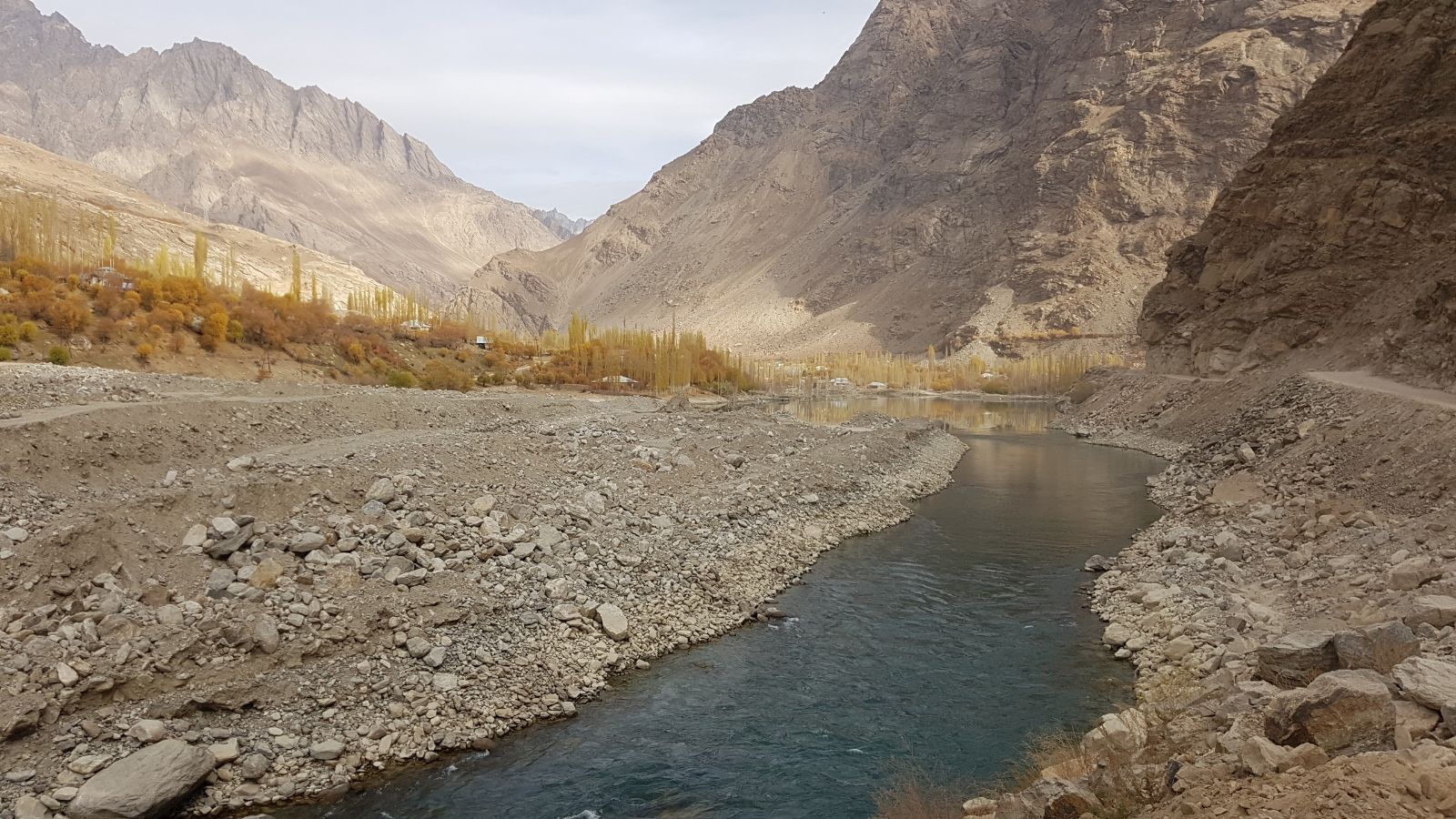
The emergency road constructed as part of disaster response
The Barshan landslide was not expected. The bigger fear for people concerned a valley immediately upstream. In that 30 kilometer-long valley there are two glacier lakes in danger of bursting. They are constantly monitored.
After many many efforts, local engineers finally managed to slightly unblock the river after one year using dynamite and excavators. Only a narrow thoroughfare could be made, taking some of the pressure off the newly formed Barsam Lake. The larger part of the river is still filled with the land slide material is getting more and more compact with time. There are plans to remove all the material, but looking at the blockage one is reminded that our human endeavour to resolve is tiny and minute, amid all the Anthropocene problems we create. In other words, unblocking the Barsam Lake will not be easy.
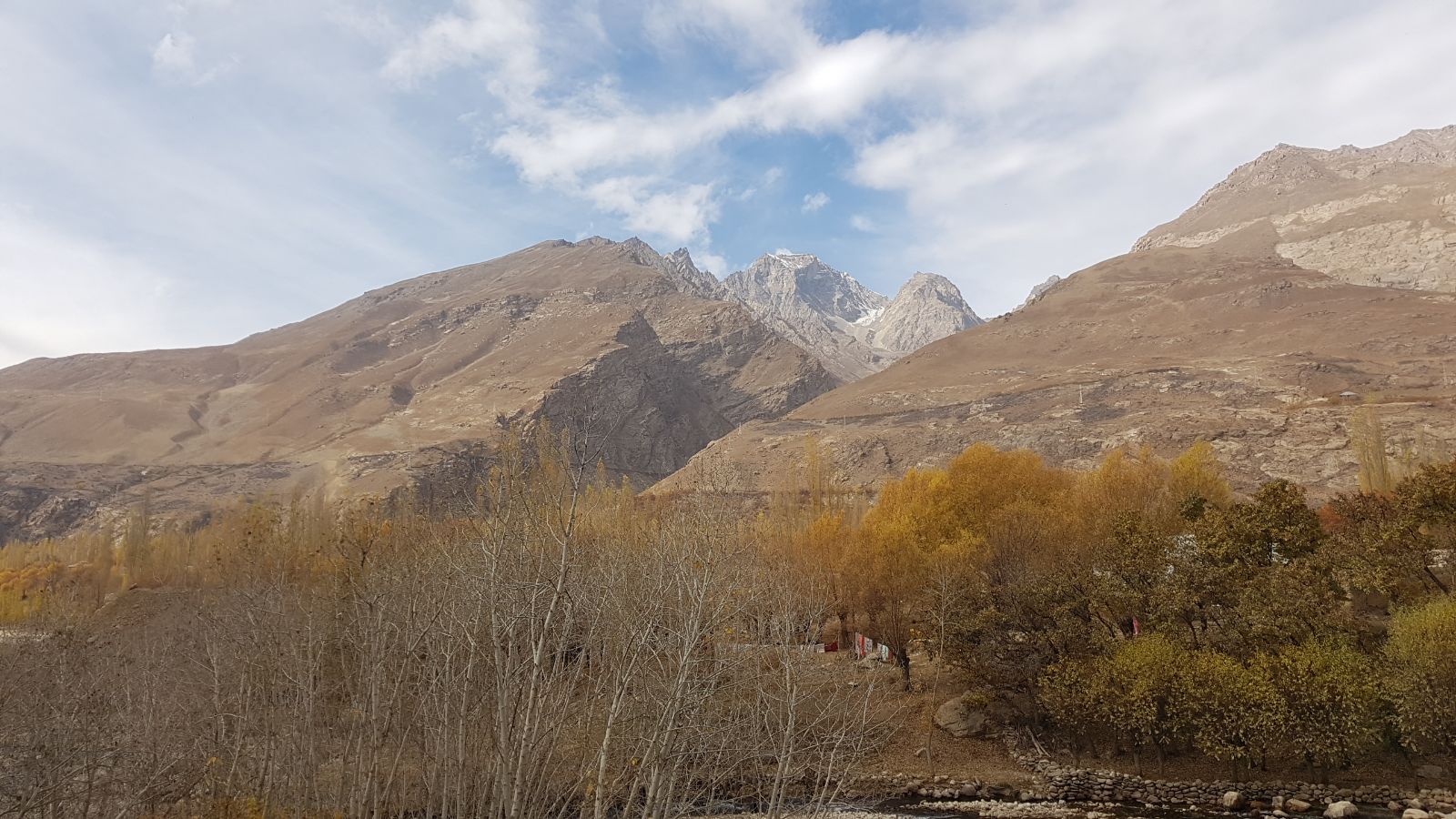
The accelerated glacier melt
Climate has changed in the high Pamir mountains. The changes come in the shape of higher summer temperature; more rainfall but less snow; more wet snow and less dry snow. This is unsettling the precarious dynamic balance in the glaciers in the high mountain region with an increased probability of landslides. The image is that of hands on the trigger – with many ice water bodies about to move off.

{jcomments on}
